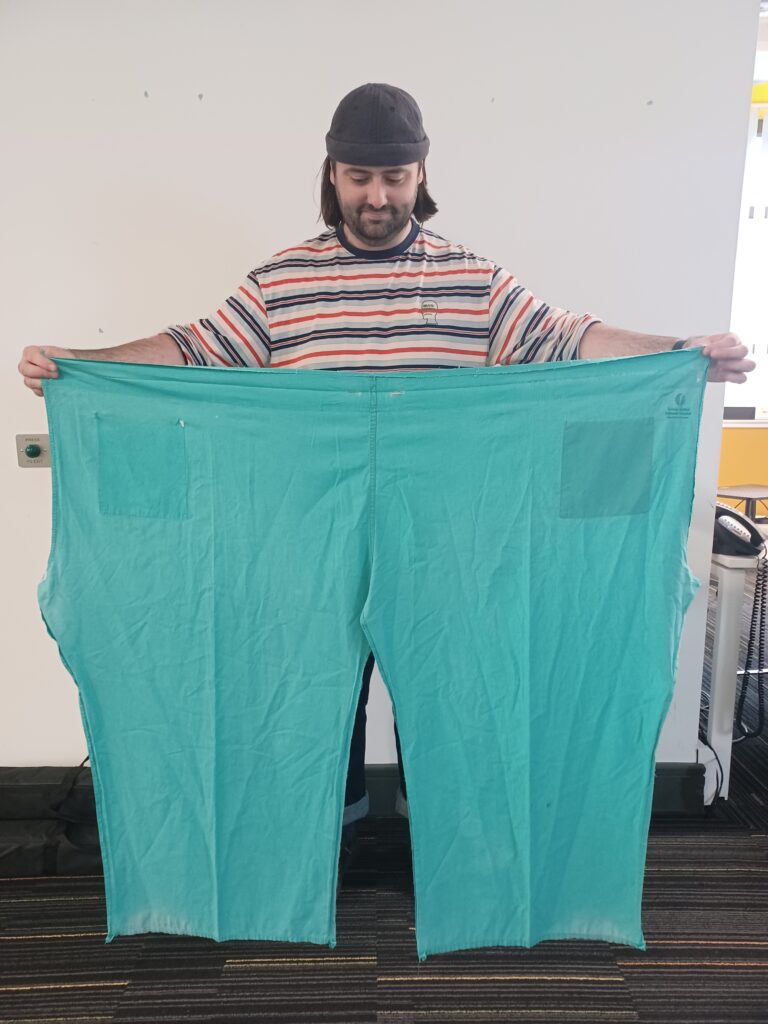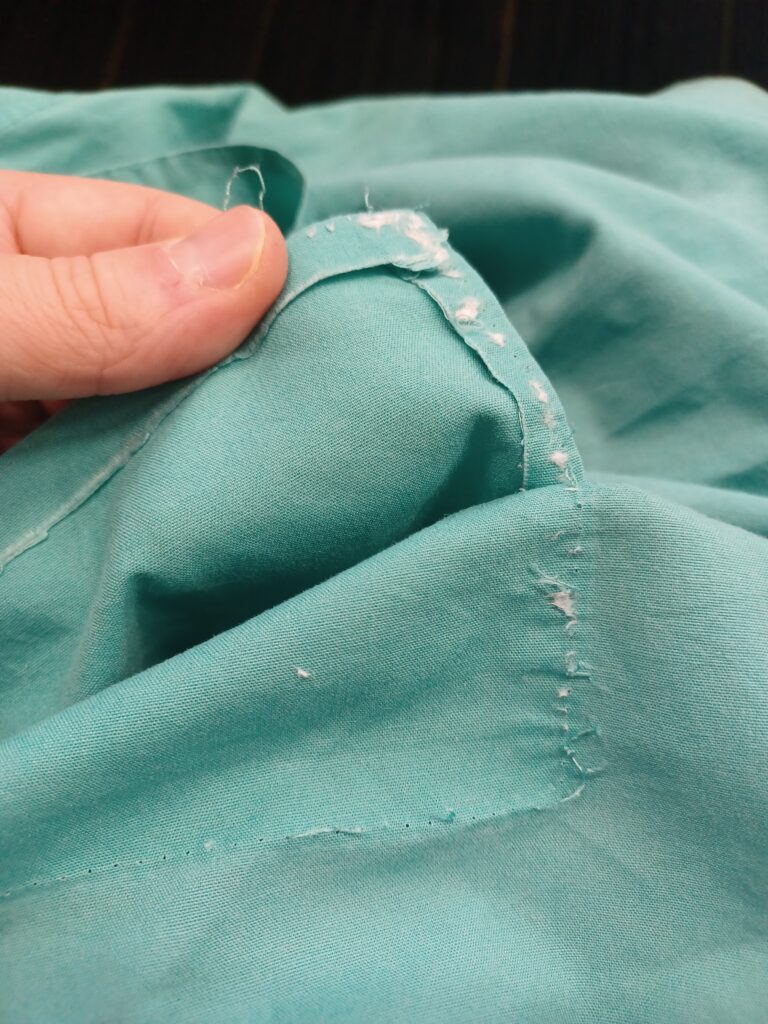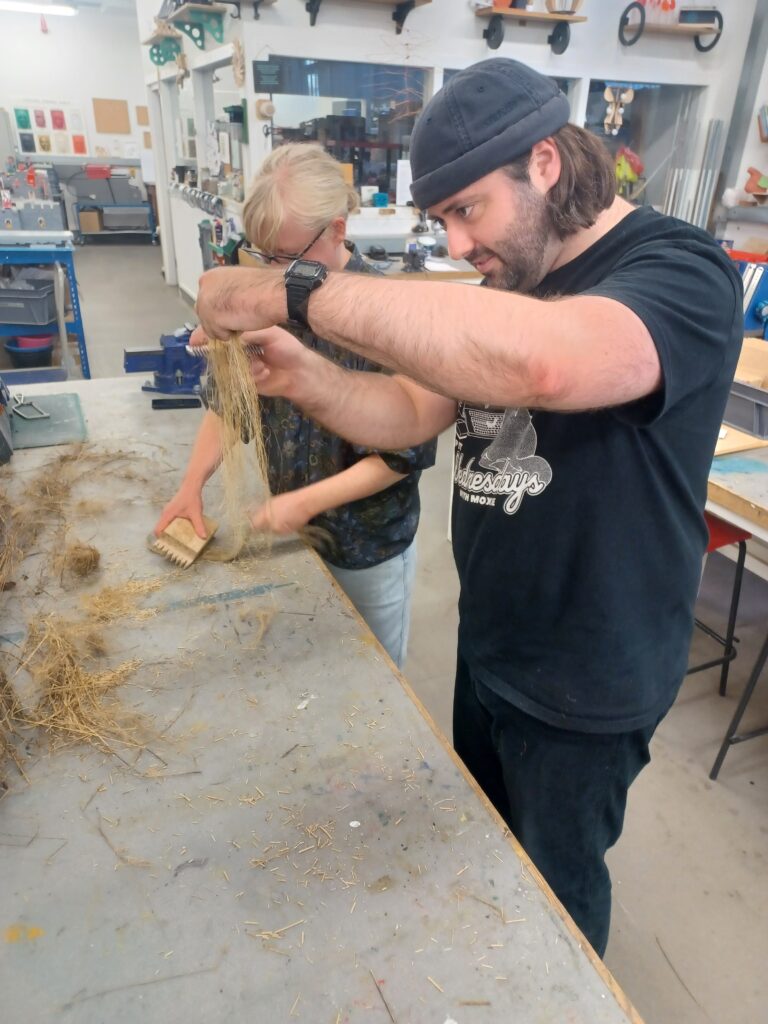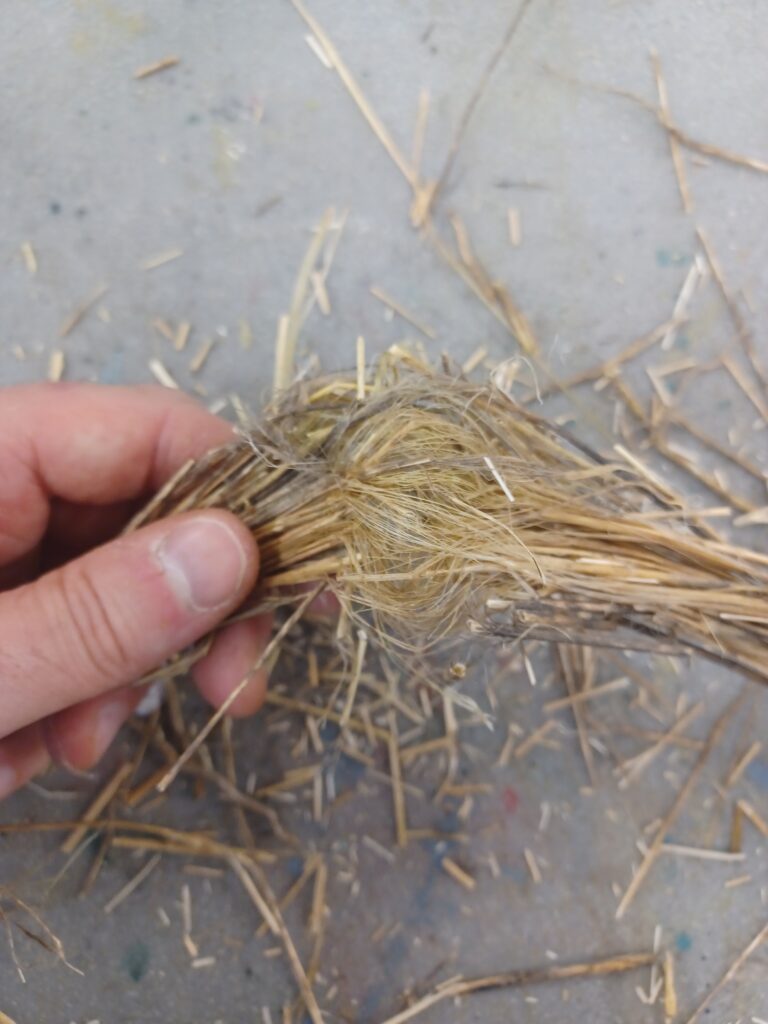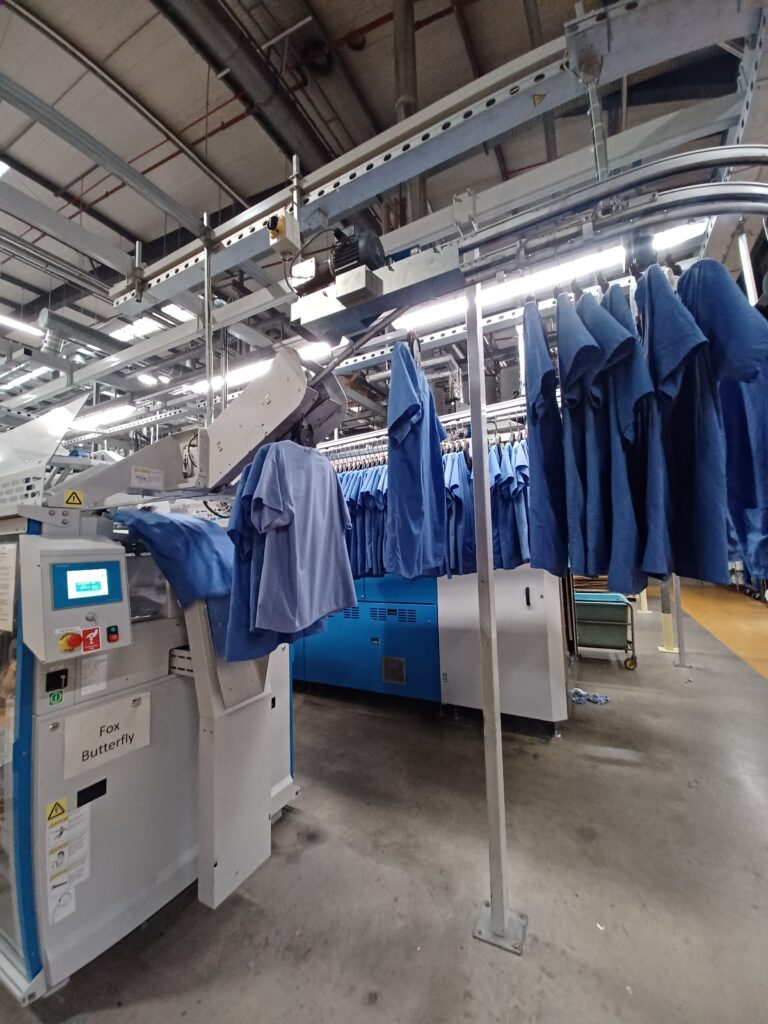Hospital Scrubs
Hospital Scrubs aims to understand the complete product lifecycle of hospital scrubs and make targeted design interventions to improve staff comfort and dignity at work through innovative co-designed reusable, sustainable and biodegradable garments.

About the Project
NHS Scotland spends around £3.5 million annually on linen and hospital scrubs, with most made from a polycotton mix at a cost of around £5.50 per item (e.g., scrub top). Improving sustainability, functionality, comfort, fit, and identification (personalisation) features of these scrubs is essential. A recent survey in NHS England found that 28% of nurses felt their uniform didn’t effectively communicate their role, while 82% supported a more standardised uniform. We aim to leverage these insights to reduce waste in scrub production and maintenance, while also enhancing the user experience.
We identified hospital scrubs as a key area for improvement following an observation day at NHS Golden Jubilee Hospital. Our approach involves reviewing relevant literature and policies, adopting an ethnographic approach through targeted observations, and shadowing NHS Scotland staff. We have mapped the entire product lifecycle of scrubs, gathering insights from medical staff, hospital porters, and laundry teams. These insights will guide our collaborative design-led interventions.
Using creative design methods, we will co-design and develop a new range of functional, sustainable and biodegradable hospital scrubs. This will reduce waste, lower energy usage in scrub production and maintenance, improve user comfort and dignity, ultimately enhancing the hospital experience for NHS Scotland staff.
Project Gallery (6)
People
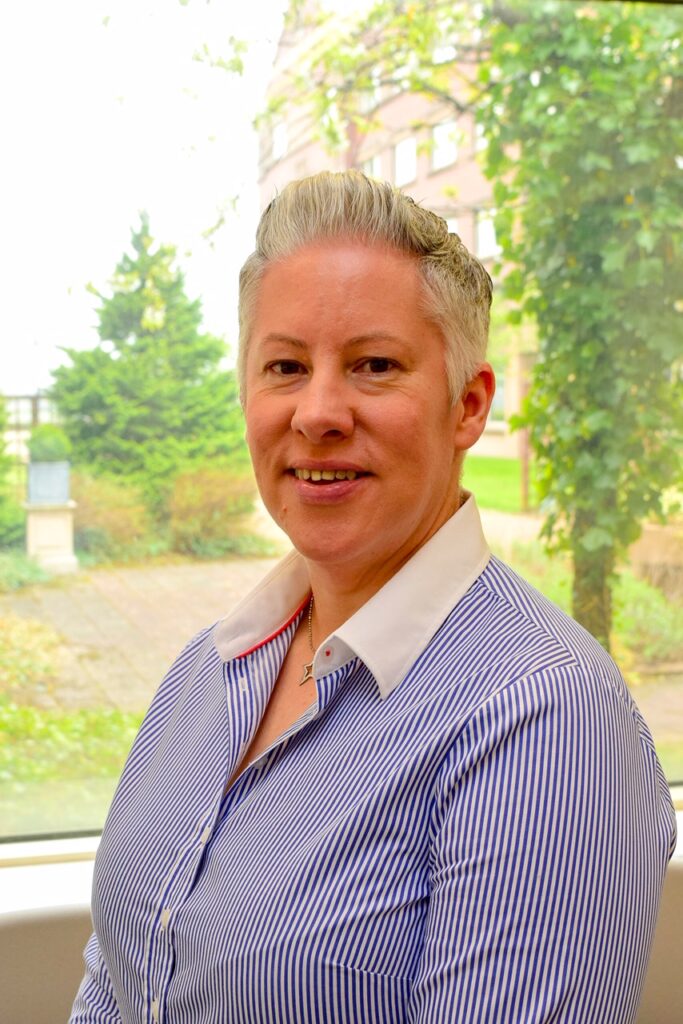
Carole Anderson

Euan Winton
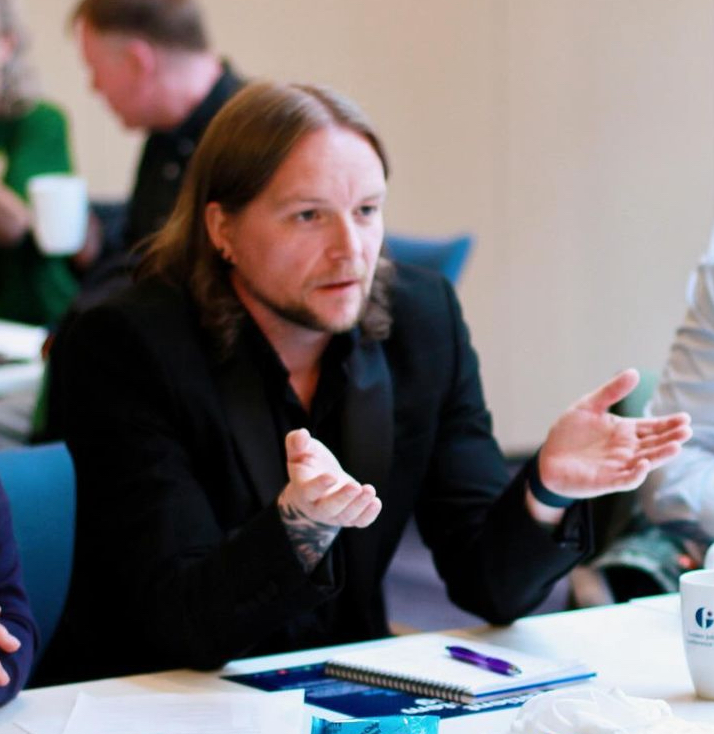
Jonathan O’Reilly

Lewis Urquhart
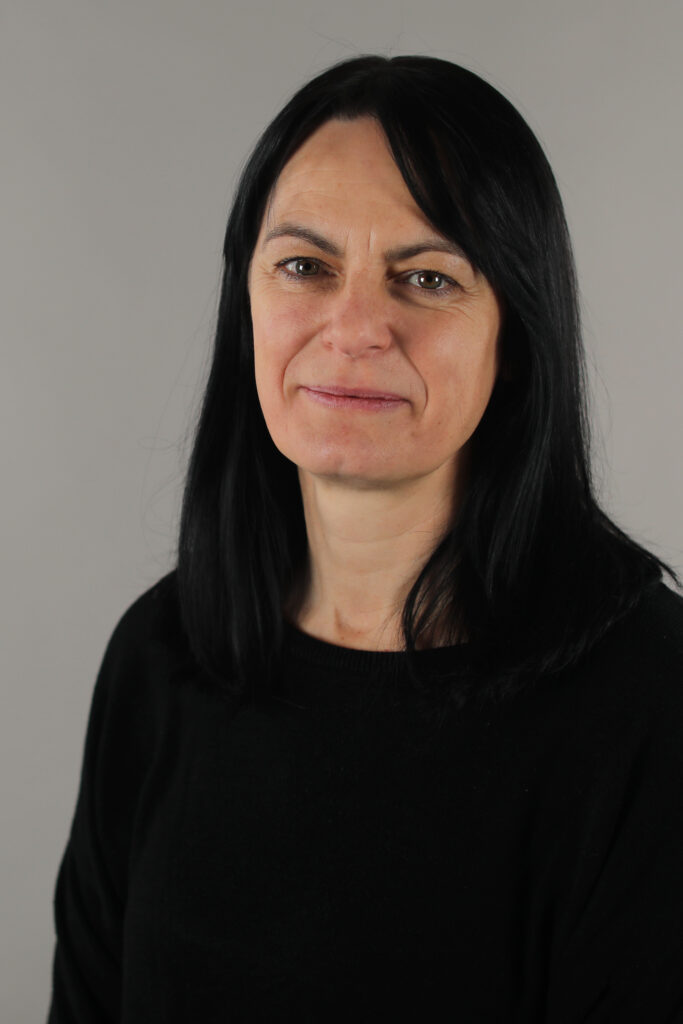
Lucy Welsh

Niki Taylor


